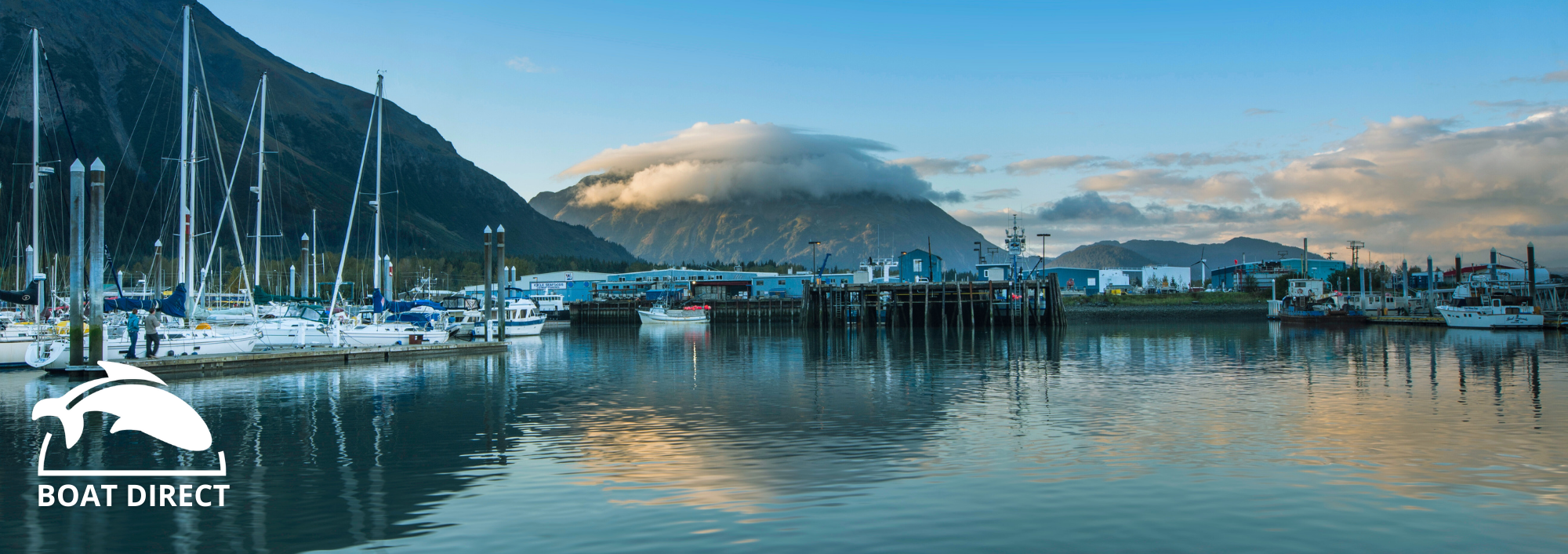At What Chefs Want, we’re proud to bring you a truly unique and unparalleled seafood experience through our Boat Direct program. Our team of fishmongers walk the docks daily to handpick the freshest catches straight from the source. This brings our chefs a true dock-to-dish experience. We’ve recently expanded this program to ALASKA – bringing you the freshest, most exciting fish from Kodiak Island.
At the helm of this visionary program is Kelly Probst, a seasoned industry expert with an unwavering commitment to excellence, and a passion for fish that he pours into absolutely everyone that he speaks to. Join us for a chat with Kelly where he introduces how this innovative program and additional location empowers chefs with unprecedented quality and freshness, setting a new standard in the industry.
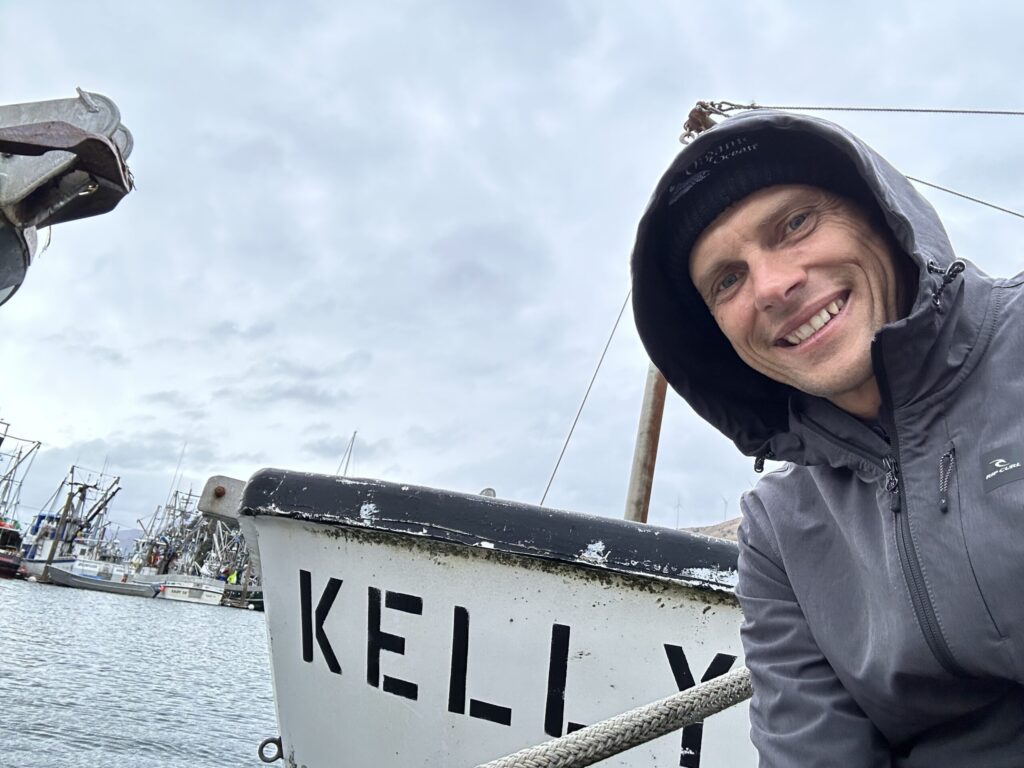
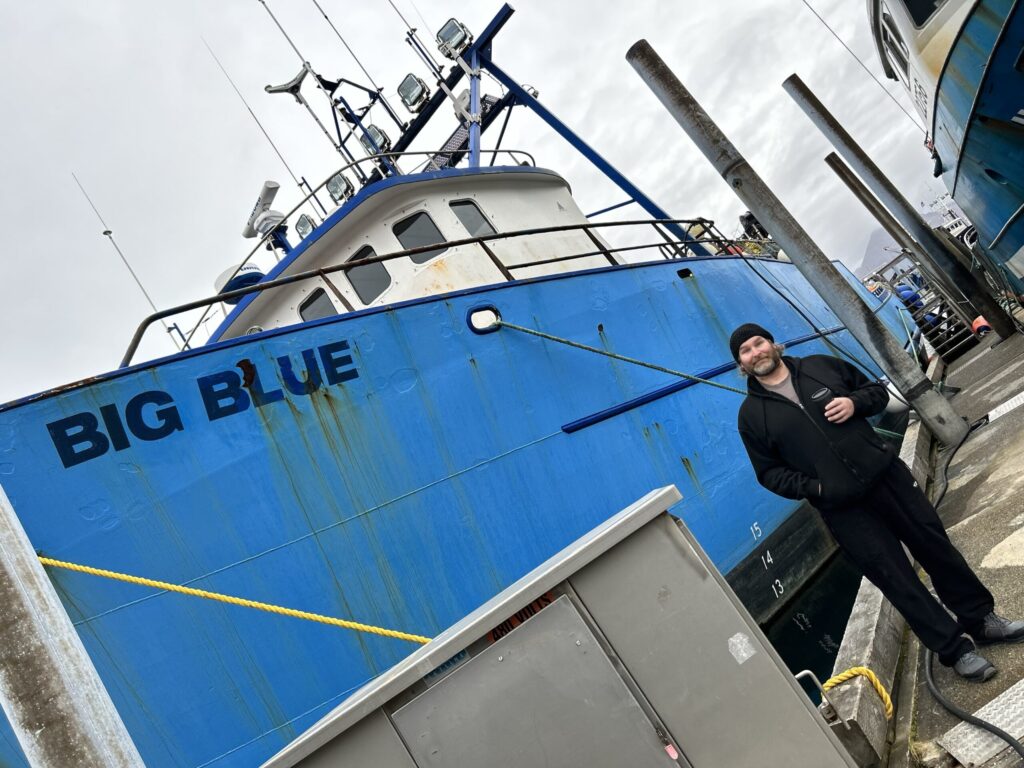
Kelly, can you provide some background on your journey to becoming a part of What Chefs Want and your role as Director of Seafood Purchasing?
Kelly: I earned my international business management degree at BYU in Hawaii and spent about a decade working in the banking industry in Southern California. However, the 2008 financial crisis prompted me to reevaluate my career path. I decided to follow my passion for fish, which led me to pursue a master’s degree in aquaculture and aquatic science in Kentucky.
During that time, I worked on a USDA grant, collaborating to connect local fish farmers and high-end chefs. The objective was to explore if we could eliminate the middleman and enable direct transactions between fish farmers and restaurants. However, I soon realized that fish farmers farm and chefs are busy in the kitchens which led to the need for a middleman. So, I ventured to Florida and started working with a company. Over time, I built relationships with fishermen and introduced chefs to underutilized fish species.
My path eventually led me to a meeting with Ron, the founder of What Chefs Want and we shared the same vision. I ended up selling my company to Ron, and we embarked on a journey to provide chefs with the finest, most sustainable, and freshest seafood. We’ve expanded our reach over the years, covering not just Florida but also the East Coast and the Gulf, establishing connections with a wide range of fishermen.
Kodiak, Alaska, was the next step in our journey. Our goal has always been to deliver that “wow” factor to chefs when they receive our seafood, and it’s something we’re continually dedicated to.
You’ve discussed the benefits of having a fish house located right on Kodiak harbor. Can you elaborate on how this setup allows What Chefs Want to align with its commitment to chefs and its core value of going above and beyond for them?
Kelly: Of course. Kodiak’s unique location as the second-largest island and second-largest fishing port in the United States provides us with an extraordinary opportunity. The island boasts the most diverse variety of seafood species in Alaska, offering a rich selection of fish not found anywhere else. We picked our location in Kodiak because we can sit in a little office across the street from the harbor and watch when the small boats come in. These smaller boats and their crews, usually just 1-3 people, have a deep connection with their catch, viewing each fish as a critical part of their livelihood. They prioritize quality and handle their catch with care, so the fish arrive in pristine condition. Our investment in Kodiak and our ownership of a dock right there allows us to secure these fresh catches as soon as the boats return.
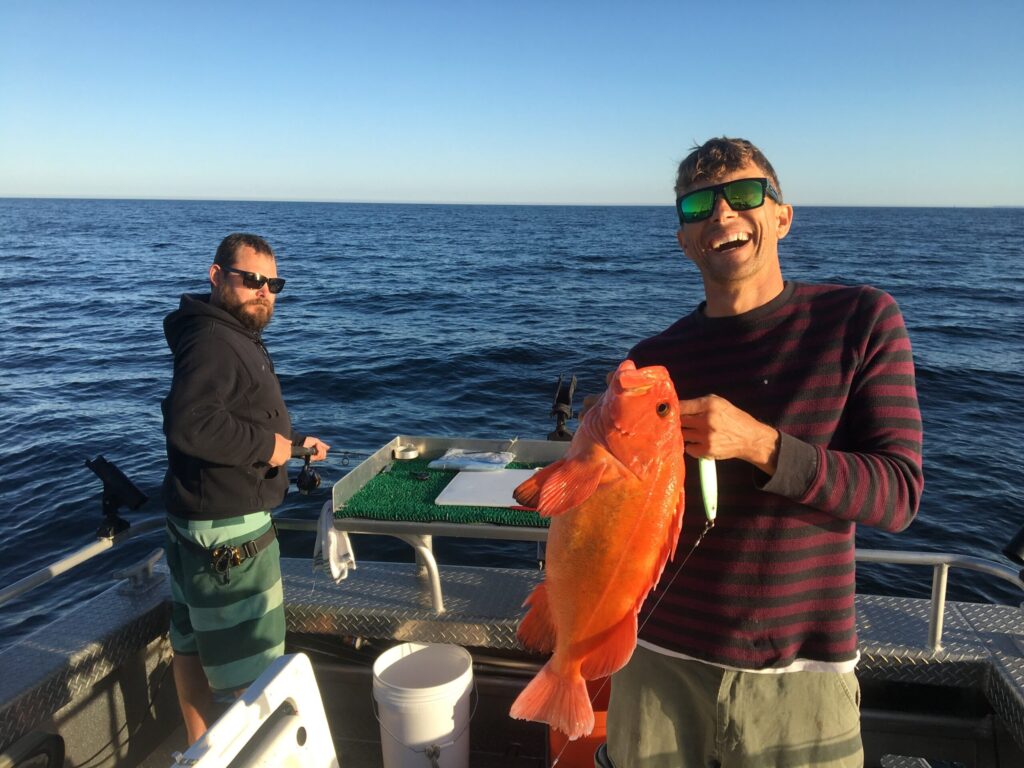
What in this process sets us apart?
Kelly: We pick it up and bring the fish right across the street. We dry them, pack them and drive 15 minutes to Alaska Air Cargo where it’s overnighted to our What Chefs Want warehouses. This cuts out two to three middlemen along the way, along with at least a week, if not more of storage and travel time.
I’m not going to name names, but right across the street from us is a large company that we used to buy fish from, and so does everybody else. A couple weeks ago we watched their process from our fish house window, and saw them with a front loader, scooping up halibut from the boat, lifting it up probably 15 feet in the air and dumping them huge containers. Now, juxtapose that with what we’re doing now, picking up every fish by hand, putting them in the bin, and driving it across the harbor to our warehouse where everything is temperature controlled. We box them, add gel packs, and overnight them. I don’t know of anybody who has better, faster, cleaner, fresher, more cared for Alaskan fish than us. And that is AWESOME! Best of all, the fishermen are talking about us to all the other fishermen and appreciate and are excited about the care we are taking with their fish. They love the stories we tell them about you and how you prepare their fish too!
Does all this impact our pricing at all?
Kelly: Well, the wonderful thing about this is that even though we’re paying small boats more for their attention to quality to their fish and to focus on smaller batches, our prices are not going to be any higher. We can do this because we cut out so many unnecessary steps and so much time on the way. Our prices are going to be the same, or better if possible for a higher quality, more sustainable and fresher fish.
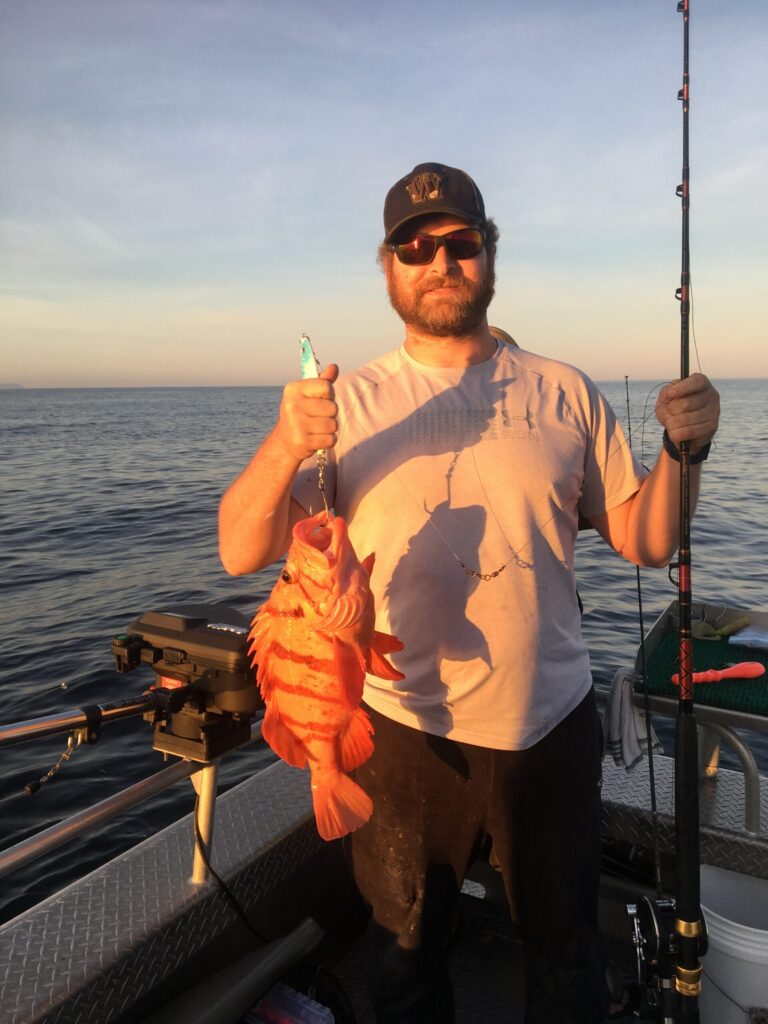
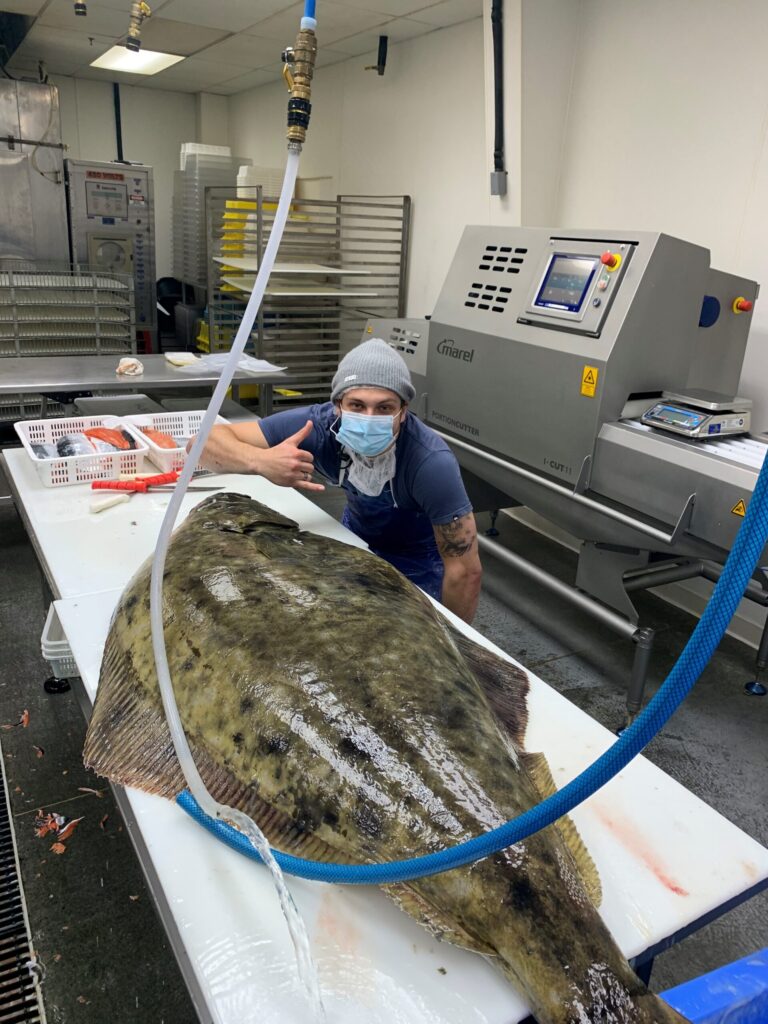
You’ve mentioned exciting fish options in Kodiak that chefs can explore. Could you tell us more about these unique offerings beyond the well-known salmon and halibut?
Kelly: While salmon and halibut are widely recognized, Kodiak’s real treasures lie in the lesser-known fish varieties.
One such category is rockfish. There are over 50 different types of rockfish, each with distinct characteristics, colors, and patterns. These fish exhibit striking colors, from bright reds and red-and-white stripes to olives, browns, and even species with yellow dots. These fish are ambush predators that use camouflage to catch and eat smaller fish. They’ll sit on a rock until a small fish goes by, jump out, and get it. That’s important because their muscles are not highly vascularized, there’s not a lot of blood in them, because they don’t use them frequently. This produces the most beautiful white filets that you’ll ever see. They are sweet with an excellent mouth-feel and offer chefs an opportunity to create unique culinary experiences.
Another noteworthy fish is lingcod, which isn’t a cod at all. Cod are normally 4 pounds up to 15 pounds while lingcod can get up to 50 pounds. Occasionally, you get a lingcod that when you look in its mouth, it is a beautiful baby blue. When you fillet them, the flesh is as blue as can be!
Sablefish or black cod is also a special fish. They are one of the most buttery and tasty fish out there. They are incredible fish with a super high fat content.
And this is just the beginning of it. Kodiak’s diverse selection of fish allows chefs to introduce their patrons to a wide range of flavors and textures, setting them apart from the rest.
Can you share more about Jeremy Abena, our fishmonger in Kodiak, and what his experience brings to What Chefs Want?
Kelly: Jeremy Abena comes from a family deeply rooted in the fishing industry. His father was a successful fisherman and Jeremy was born and raised on Kodiak Island. He initially pursued a marketing degree in Seattle and went to work for an agency in San Francisco. However, his father’s call changed the course of his career. His father offered him a spot on one of his boats in Dutch Harbor, and Jeremy didn’t hesitate to make the transition from his corporate life in San Francisco.
He joined as a deck hand and quickly fell in love with it. Over the years, Jeremy has been involved in catching over a million pounds of fish, primarily salmon and halibut on his father’s boats. He’s passionate about fishing and brings a wealth of experience to the table. I’ve been buying fish from Jeremy for years, even when I had my own company, because of the quality and the care he took with his fish and his facilities. Chefs absolutely loved what he was what he was getting for them! It absolutely made sense to bring him on board as a full-time employee of What Chefs Want, providing our chefs with that same commitment to quality and passion for the industry.
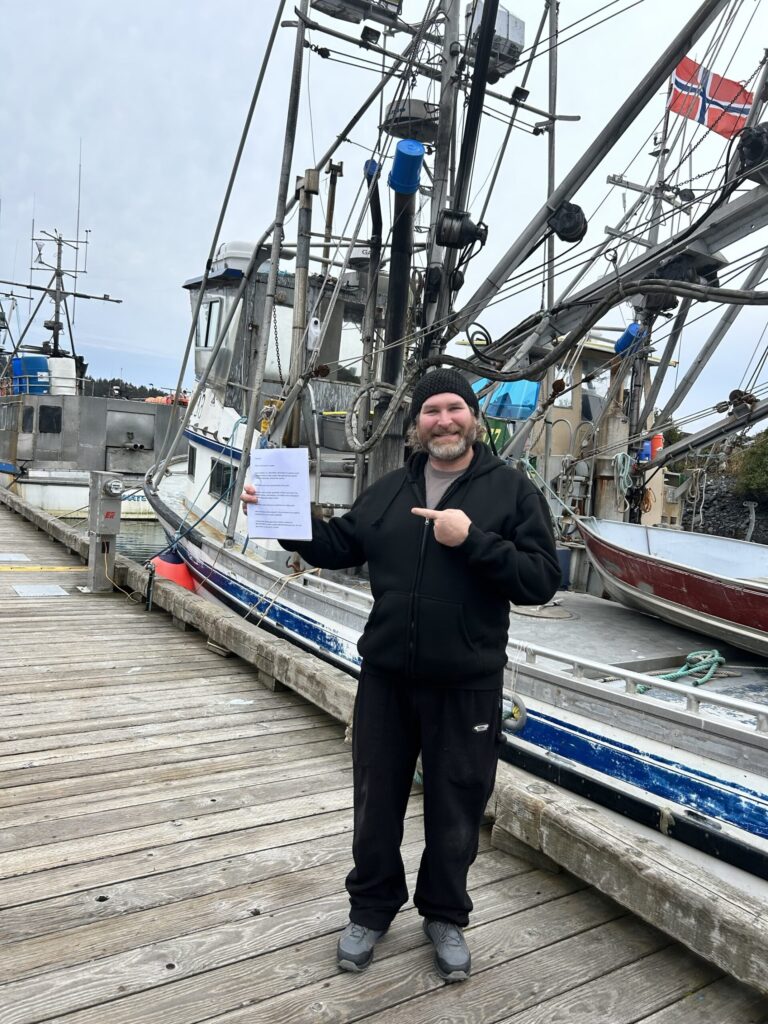
Can you share more about the sustainability of this program and why it matters?
Kelly: 98% of all the electricity in our warehouse is renewable. On the hill behind us we have windmills that produce the electricity for the warehouse and our water is all from a catchment system. The island must be concerned about sustainability because with the weather being so bad, we must be self-sufficient here. That equals sustainability and the need to use renewable resources, so it’s pretty awesome.
The most amazing thing that I have learned over the years is that if we do care about the ocean and the sea life in it, the ocean comes back and comes back fast. In the town that I grew up in, we’d go spearfishing and it was hard to catch fish. Now when I revisit, because of San Diego’s sustainability practices, and because of what the government has done there, it is the most amazing fishery I’ve ever seen. I can’t believe how alive it is now. I’ve seen the same thing with certain species in Florida.
So, it matters. It matters what fish we choose. It matters how much we catch and how we catch it. It matters what we do. It’s worth it to care.
How can chefs learn more about the freshest and most exciting fish sourced from Kodiak? What’s the best way for them to stay informed and get in touch with us?
Kelly: I love to teach and that’s what I do more than anything. Sign up for my newsletters. I’ll teach you about the fish, I’ll teach you all about the fisherman and I’ll teach you something new every week.
My personal cell phone number is provided in my newsletters. I love, absolutely love it, when chefs call me. We can geek out about fish.
The Kodiak dock represents the What Chefs Want commitment to sourcing the best seafood. It’s not just about acquiring fish; it’s about building a trustworthy and sustainable relationship with local fishermen and prioritizing the wellbeing of the ocean’s resources. Kodiak is a prime example of how this approach can lead to win-win situations. By choosing our Kodiak fish, chefs can trust that they’re receiving seafood that meets the highest standards of quality, sustainability, and freshness. This commitment to excellence extends to every aspect of our sourcing process, ensuring that chefs can confidently add these exceptional fish to their menus.
Our aim is to ensure that chefs have all the resources and knowledge they need to make informed choices and deliver memorable dining experiences to their customers.
You can sign up for Kelly’s emails here.
